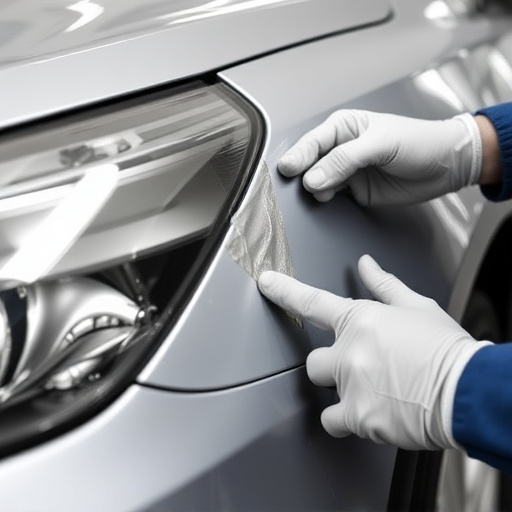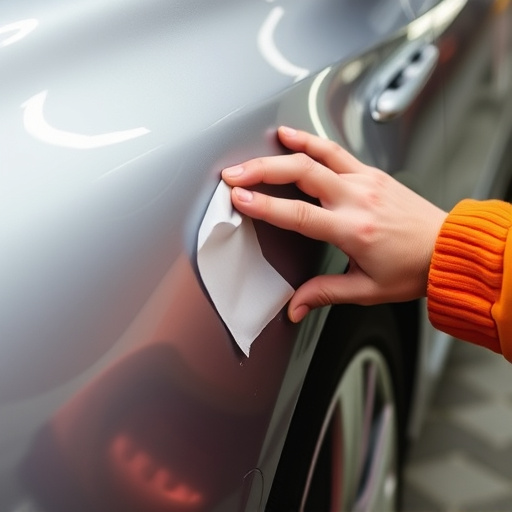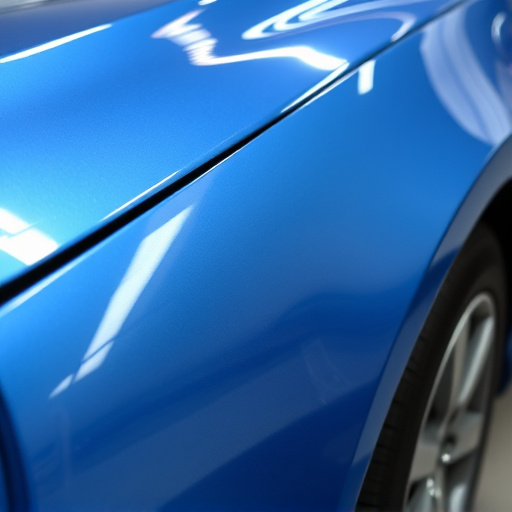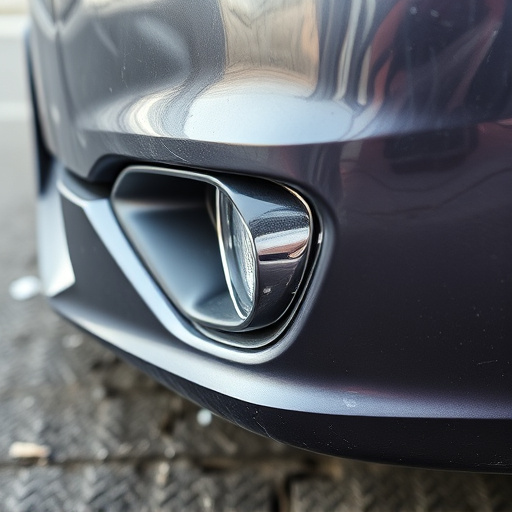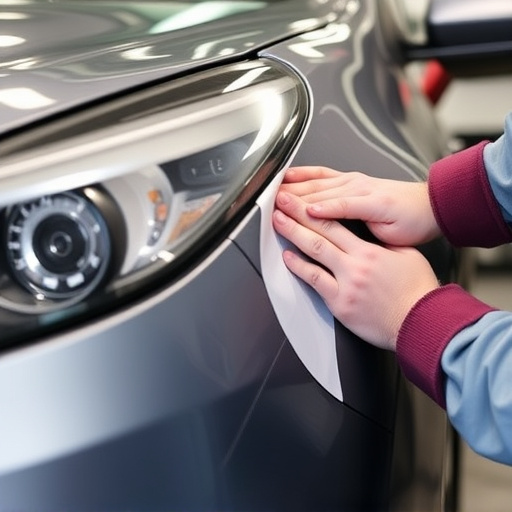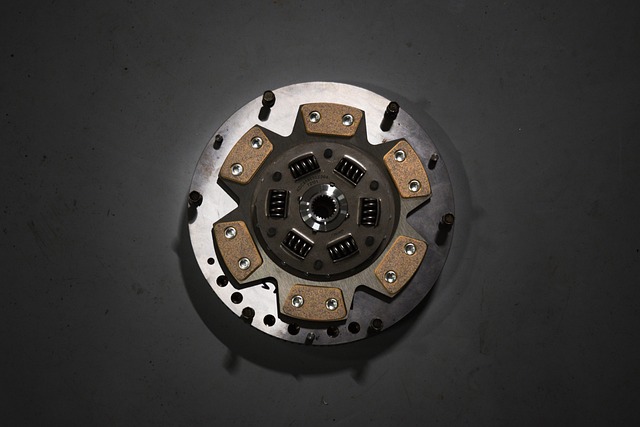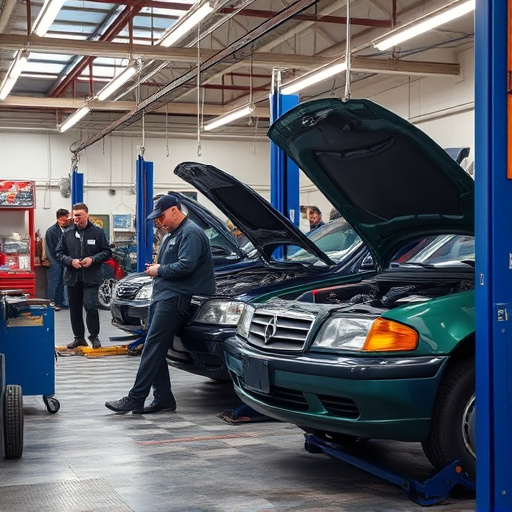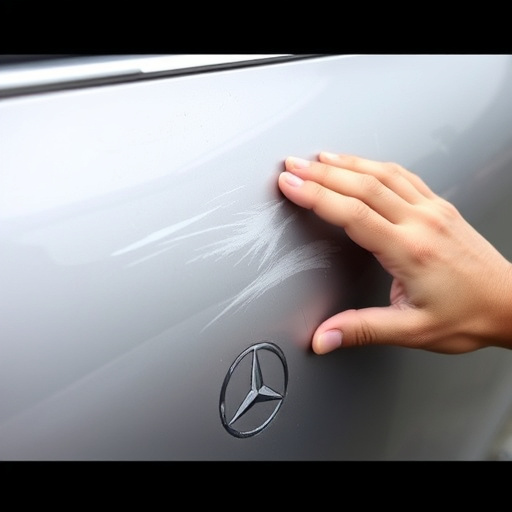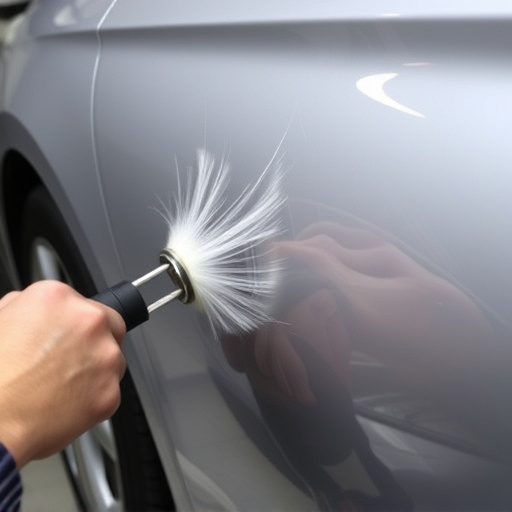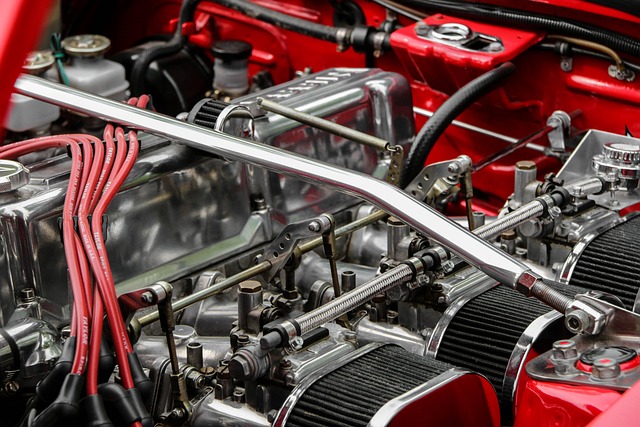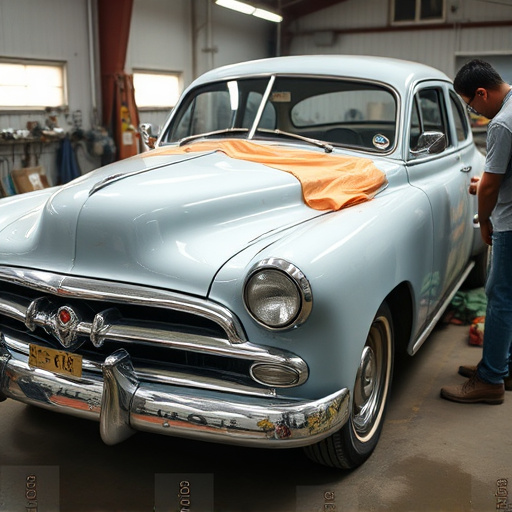Hood dent removal involves assessing damage severity, using various techniques from manual hammering to modern technologies like pneumatic hammers and laser welding. Techniques vary in skill required and cost, with professional shops analyzing dents for the best approach—aiming for both aesthetic appeal and structural integrity after incidents like collisions or bumps.
Explore the science behind hood dent removal in this comprehensive guide. Learn how vehicle dents, specifically on car bonnets, form and the underlying mechanisms behind their damage. Discover common methods for hood dent repair, from DIY kits to professional restoration. Weigh the pros and cons of various techniques, empowering you with knowledge to make informed decisions about restoring your vehicle’s aesthetics. Understand the science, grasp the options, and choose the best course of action for effective hood dent removal.
- Understanding Hood Dent Damage Mechanisms
- Common Methods for Hood Dent Removal
- The Pros and Cons of Different Repair Techniques
Understanding Hood Dent Damage Mechanisms
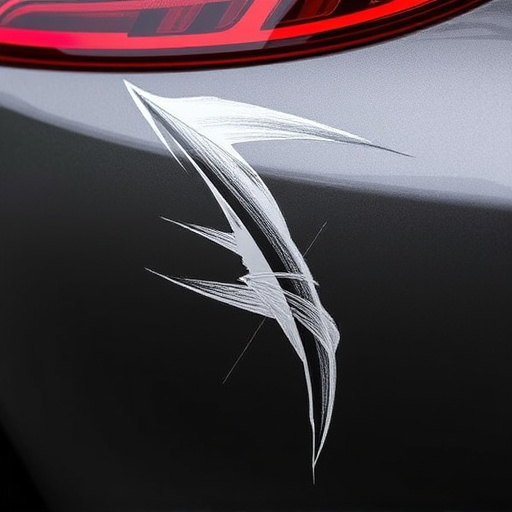
Hood dent damage occurs when external forces deform the metal surface of a vehicle’s hood. These forces can stem from various sources like impact with debris, collisions, or even accidental bumps. Understanding the mechanisms behind this type of damage is crucial for effective hood dent removal.
When a hood is impacted, the energy transfers through the metal, causing it to bend and deform. The severity of the dent depends on factors such as the force applied, the composition and thickness of the metal, and the location of the impact. Professional body shop services employ specialized tools and techniques tailored to these specific damages. Automotive repair experts analyze the dent’s structure, determining the best approach for removal—whether it involves using air pressure, specialized equipment, or manual manipulation. This precise understanding is key to ensuring effective hood dent removal while preserving the car’s original appearance.
Common Methods for Hood Dent Removal
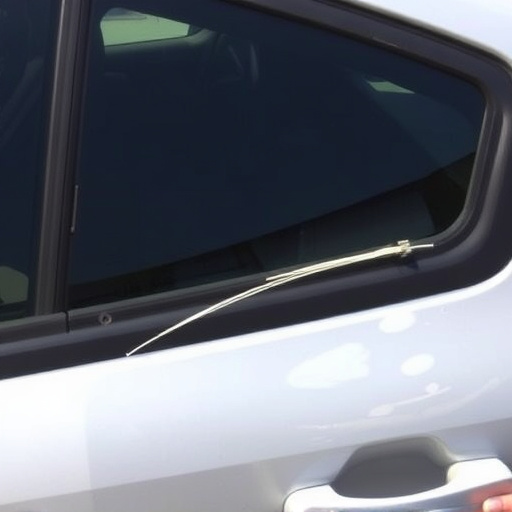
When it comes to hood dent removal, several methods are commonly employed to restore a vehicle’s aesthetics, particularly in cases of minor damage. The most popular techniques include manual or hand hammering, where skilled technicians gently shape the metal back to its original form using precision tools. This method is often preferred for smaller dents as it allows for intricate control and minimal material removal.
Additionally, modern technology has introduced machine-based solutions, such as pneumatic hammers and robotic systems, which offer consistent and precise results. These advanced tools are especially valuable in the case of larger or deeper dents, ensuring efficient repairs that match the vehicle’s original factory finish, much like a mercedes benz repair would, extending to car collision repair scenarios. Vehicle body repair experts carefully assess the damage, choosing the most suitable method for effective hood dent removal.
The Pros and Cons of Different Repair Techniques
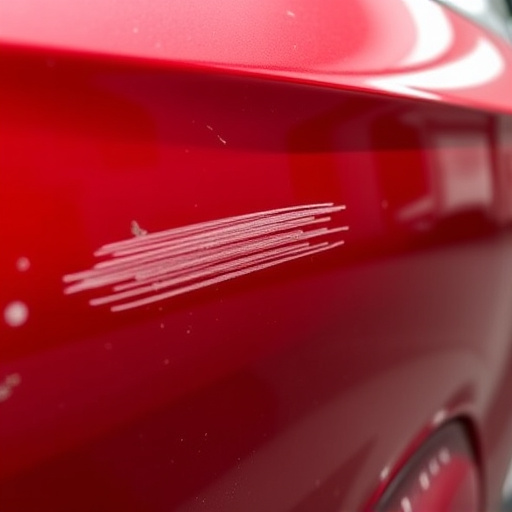
When it comes to hood dent removal, several techniques are available, each with its advantages and disadvantages. One popular method is the use of specialized tools and machinery, such as hydraulic presses or pneumatic hammers. These methods offer precise control, allowing for effective removal of dents while minimizing damage to the vehicle’s paintwork. They’re particularly useful for more severe hood dent repair, ensuring a seamless and professional finish.
However, traditional methods like hand hammering and putty knives require more skill and time. While they’re suitable for minor dings and less accessible areas, the risk of additional car damage or an uneven surface is higher. An automotive body shop might also employ modern technologies like laser or plasma welding for complex repairs, ensuring structural integrity but potentially increasing costs. Choosing the right repair technique depends on the extent of the hood dent, your budget, and the desired outcome in terms of appearance and functionality, especially after a fender bender or other car damage repair incidents.
The science behind hood dent removal offers a fascinating glimpse into the intersection of automotive care and material science. Understanding the damage mechanisms, exploring diverse removal methods, and weighing the pros and cons of each technique empowers car owners with the knowledge to make informed decisions. By familiarizing themselves with these aspects, individuals can effectively navigate the process of hood dent removal, ensuring optimal results while preserving their vehicle’s aesthetics. This comprehensive approach to hood dent repair is key to maintaining a sleek and damaged-free exterior.

